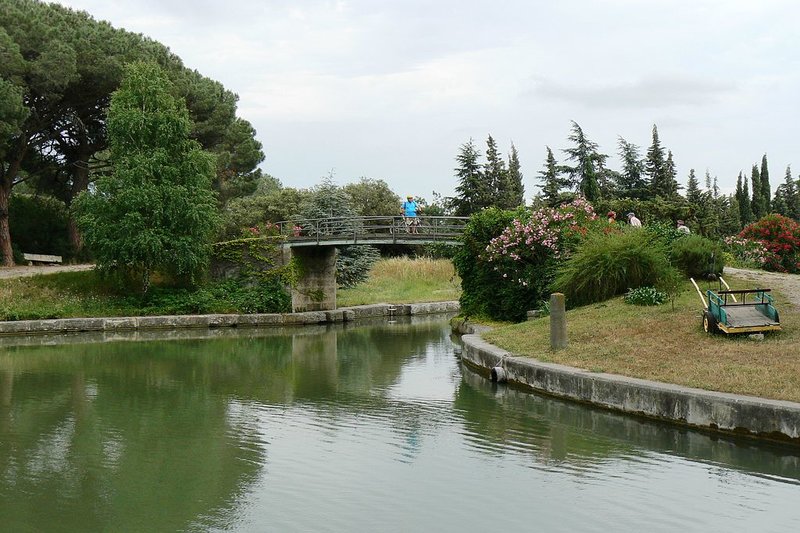The waterways of France have their own vocabulary, so we’ve put together some useful French waterways terms that you’re sure to read, hear, and quite possibly use when you take your next hotel barge cruise…
Useful French Waterways Terms
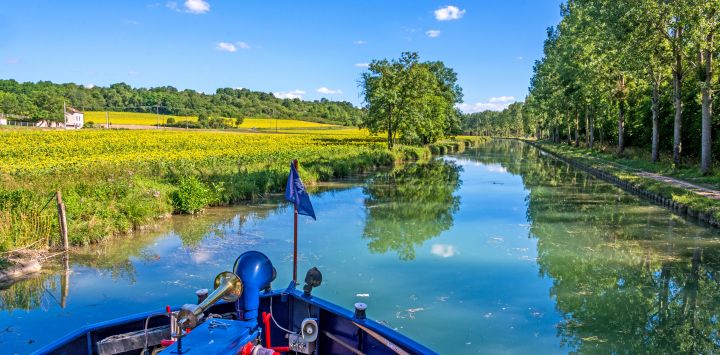
Péniche
(barge)
A type of river or canal-based transport, used for the haulage of heavy goods and cargo along the French waterways. Today, many have been refurbished as luxury floating hotels
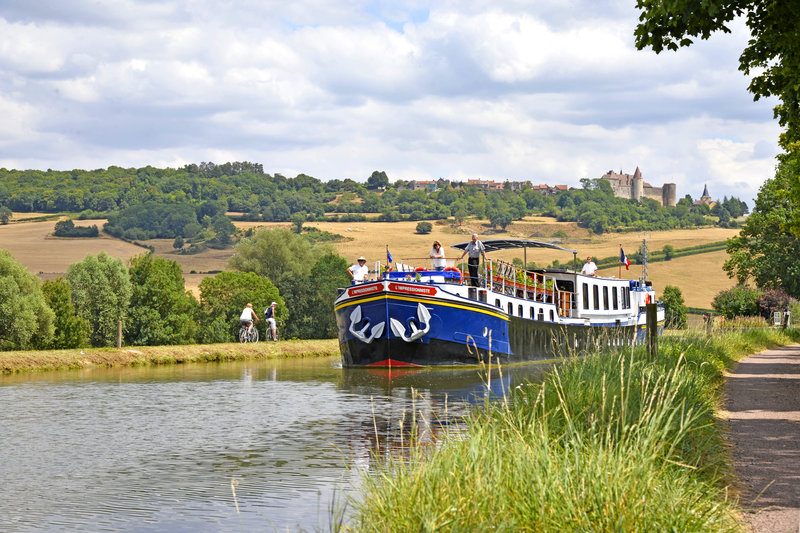
Pont-canal
(aqueduct)
An aqueduct allows boats to pass over another canal, river, road or railway. Three of France’s most iconic include Pont-Canal d’Agen (Canal de Garonne), Pont-Canal du Briare (River Loire), and Pont-Canal de l’Orb

Aval
(down stream)
This useful French waterways term refers to the downward direction of travel (towards the sea) on a canal or river

Amont
(up stream)
The term amont refers to the upward direction of travel (towards the summit) on the French waterways’ canals or rivers

Plan Incliné
(inclined plane)
Similar to a funicular railway, a plane incliné is a fascinating system which uses less water than a flight of canal locks. Boats may be conveyed afloat in caissons, or carried in cradles or swings
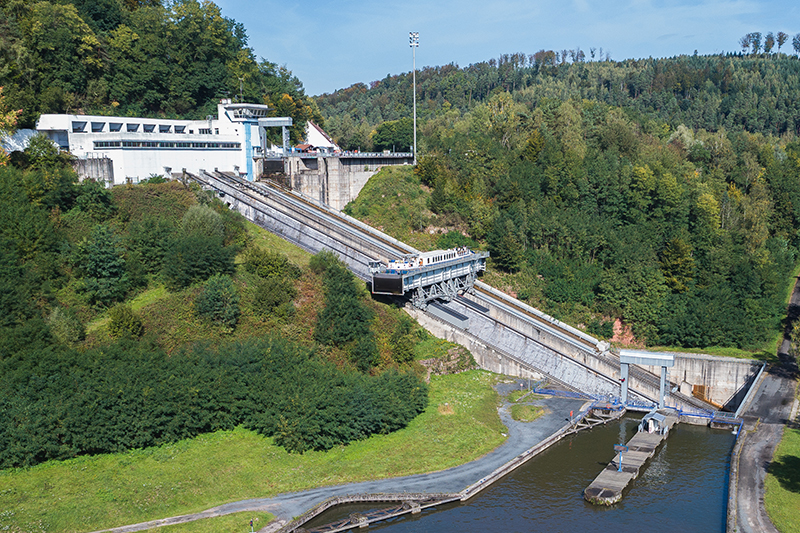
Écluse
(lock)
A much-loved part of the French waterways, a lock is a chamber on a canal or river with gates and sluices at either end, which can be opened and closed to change the water level. It is used for raising or lowering boats
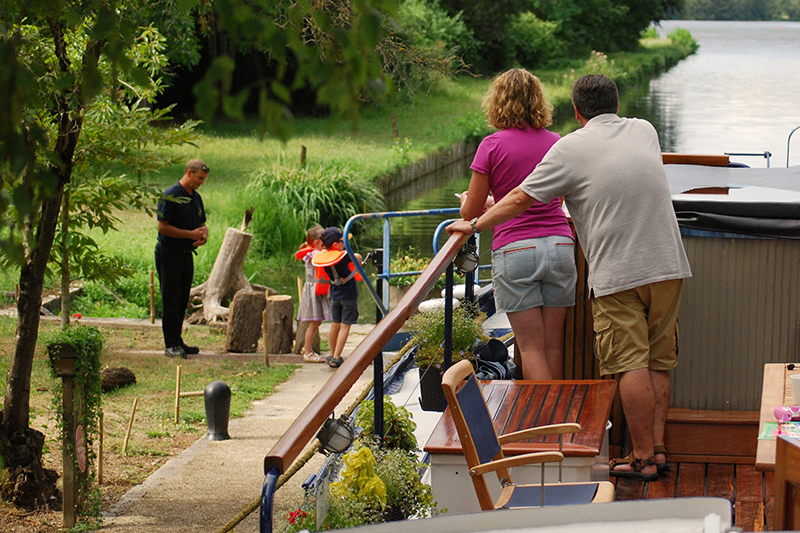
Echelle d’écluses
(lock flight)
A series of locks in close proximity to one another, constructed when the gradient is too steep for one rise. Generally the pound between the locks is wide enough to allow vessels to pass
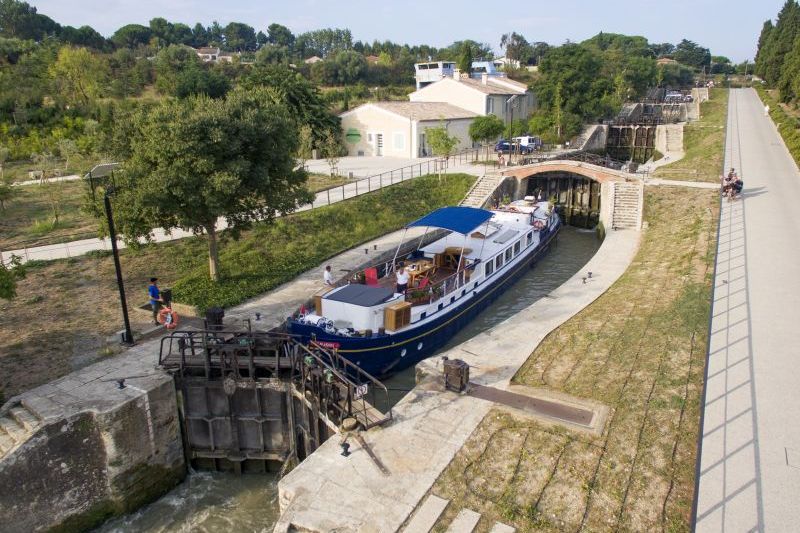
Éclusier / Éclusière
(lock keeper)
The (often resident) lock keeper is a pivotal part of the waterways experience. He or she is responsible for the safe passage of boats through a lock. Spot the often quirky lockhouses along the route – another highlight of canal life…
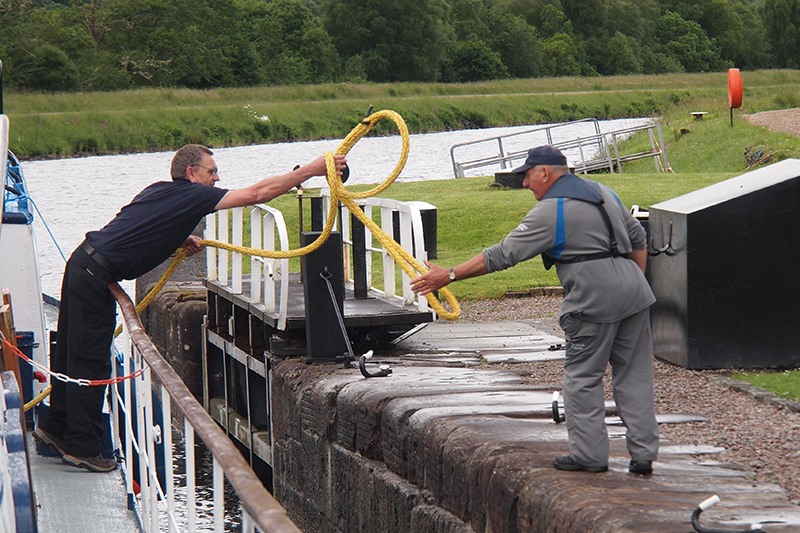
Timonerie
(wheelhouse)
An essential French waterways term, the Timonerie is the room in which you’ll find the vessel’s wheel, alongside the captain and crew (depending on the boat size). A boat’s wheelhouse can be dismantled or lowered to pass easily under low hanging bridges
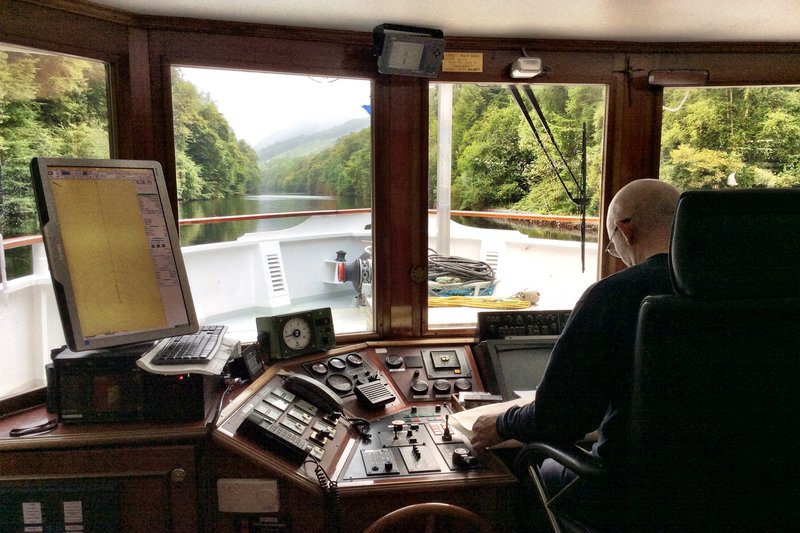
Inspired?
Put your newly-acquired French waterways terms to the test on a 6-night cruise aboard our luxury hotel barges. Discover France’s sweeping waterways from the Canal du Midi, Alsace & Lorraine, Burgundy, Champagne, the Loire Valley, Gascony, Bordeaux and beyond…
Speak to our Cruise team today, or why not order your copy of our glossy brochure to browse at your leisure.
 French
French
 English
English Spanish
Spanish German
German Norwegian
Norwegian Portuguese
Portuguese Swedish
Swedish Italian
Italian Russian
Russian Simplified Chinese
Simplified Chinese Japanese
Japanese
